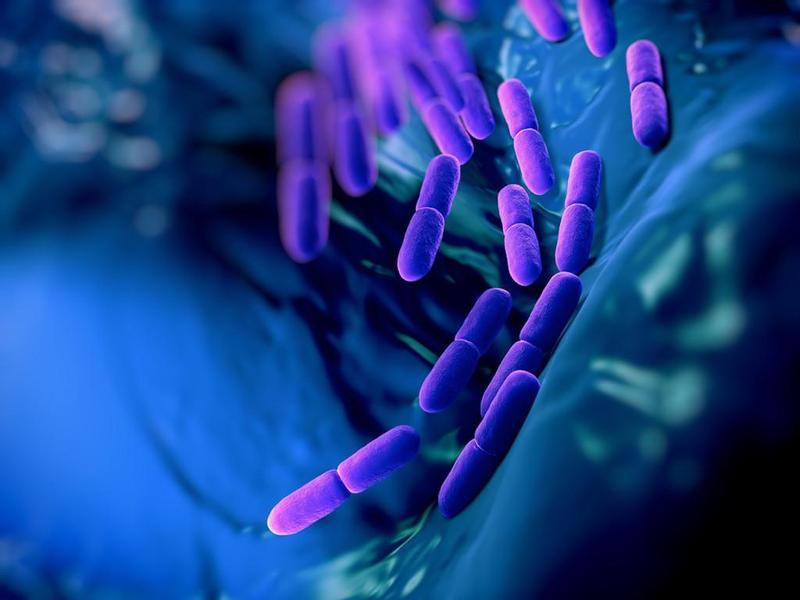Bacteria can be turned into living hard drivesMar 29, 2018

The way DNA stores genetic information is similar to the way a computer stores data. Now scientists have found a way to turn this from a metaphorical comparison into a literal one, by transforming living bacteria into hard drives, reports Popular Mechanics.
A team of Harvard scientists led by geneticists Seth Shipman and Jeff Nivala have devised a way to trick bacteria into copying computer code into the fabric of their DNA without interrupting normal cellular function. The bacteria even pass the information on to their progeny, thus ensuring that the information gets “backed up,” even when individual bacteria perish.
So far the technique can only upload about 100 bytes of data to the bacteria, but that’s enough to store a short script or perhaps a short poem — say, a haiku — into the genetics of a cell. For instance, here’s a haiku that would work:
Bacteria on
your thumb might someday become
a real thumb drive
As the method becomes more precise, it will be possible to encode longer strings of text into the fabric of life. Perhaps some day, the bacteria living all around us will also double as a sort of library that we can download. That’s looking pretty far into the future, but it’s fun to think about.
The technique is based on manipulation of an immune response that exists in many bacteria known as the CRISPR/Cas system. How the system works is actually fairly simple: when bacteria encounter a threatening virus, they physically cut out a segment of the attacking virus’s DNA and paste it into a specific region of their own genome. The bacteria can then use this section of viral DNA to identify future virus encounters and rapidly mount a defense. Copying this immunity into their own genetic code allows the bacteria to pass it on to future generations.
To get the bacteria to copy strings of computer code instead, researchers just book-ended the information with segments that look like viral DNA. The bacteria then got to work, conveniently cutting and pasting the relevant section into their genes.
The method does have a few bugs. For instance, not all of the bacteria snip the full section, so only part of the code gets copied. But if you introduce the code into a large enough population of bacteria, it becomes easy to deduce the full message from a sufficient percentage of the colony.
The amount of information that can be stored also depends on the bacteria doing the storing. For this experiment, researchers used E. coli, which was only efficient at storing around 100 bytes. But some bacteria, such as Sulfolobus tokodaii, are capable of storing thousands of bytes. With synthetic engineering, these numbers can be increased exponentially, which would make the method far more useful.
For now, it’s just entertaining to think about what short string of information you might want to store into the genetics of living cells. What haiku would you write into the fabric of life?
by Bryan Nelson For Mother Nature Network
Be the first to post a message!